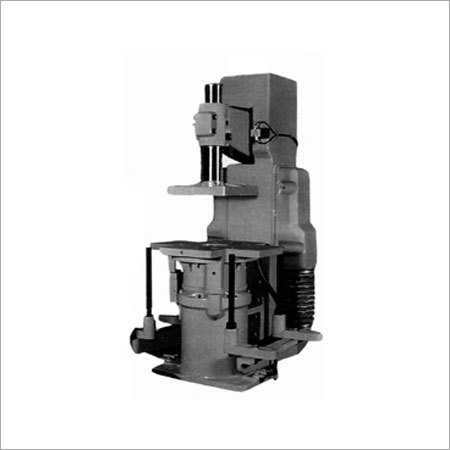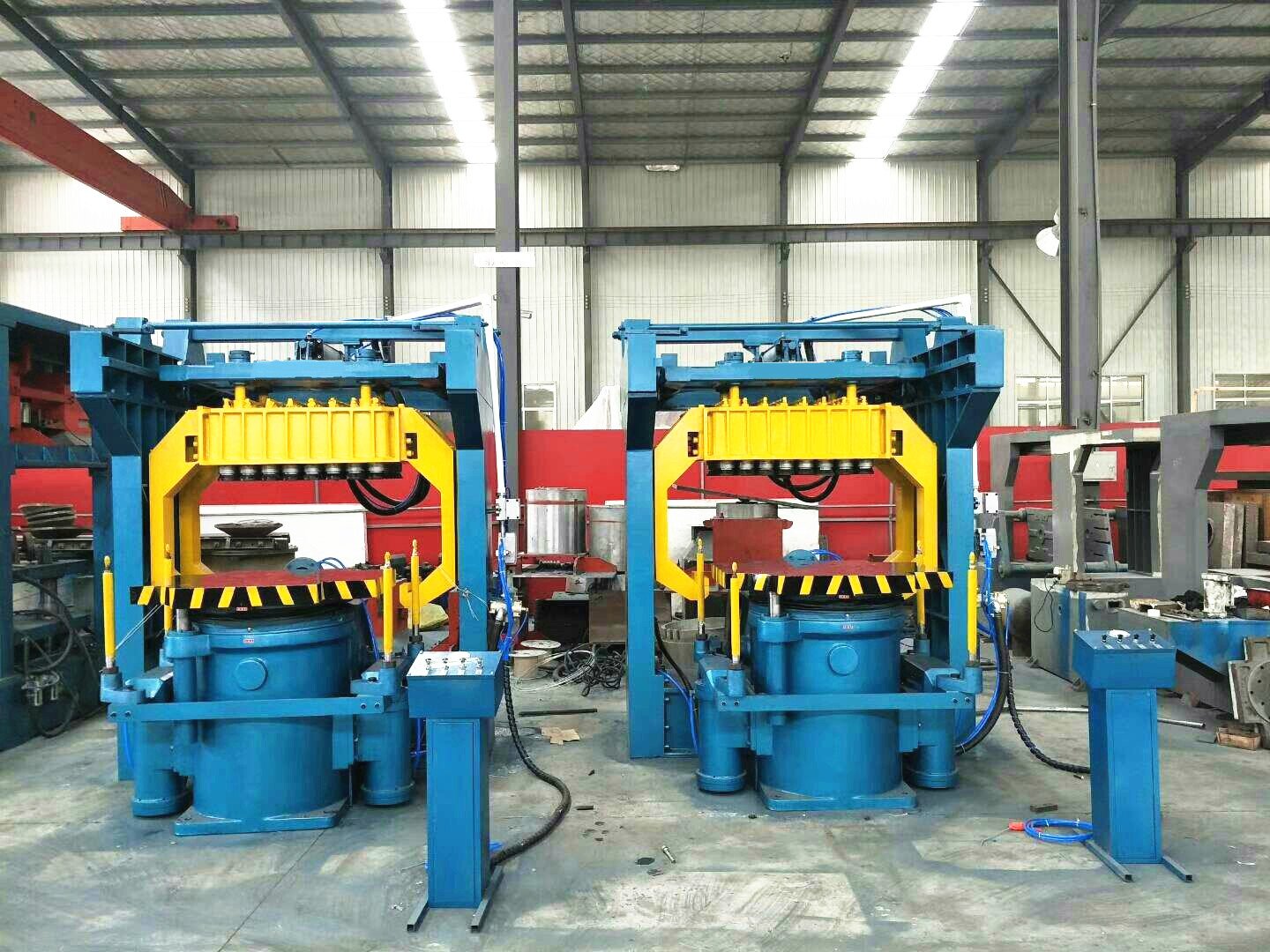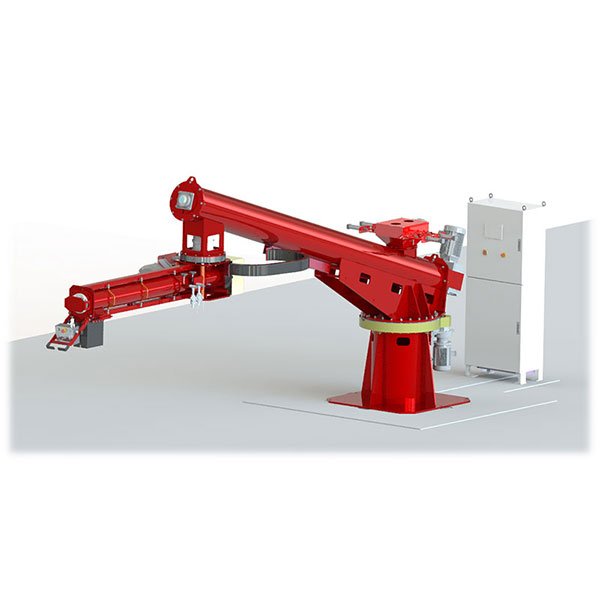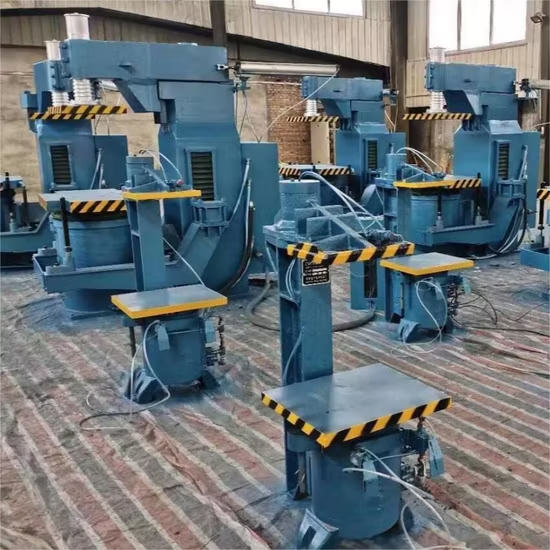Over the years working in surface treatment workshops and factories, I’ve realized one truth: picking the wrong blasting machine doesn’t just hurt your wallet — it hurts your reputation. I’ve seen shops struggle with poor finishes, slow throughput, and even damaged parts simply because they used the wrong equipment.
Different types of shot blasting machines serve different purposes, depending on the shape, size, and surface requirements of your parts. Choosing wisely can mean the difference between a smooth, efficient operation and a daily headache.
I’ll break down the main machine types I’ve seen in the field, how they work, and when you should consider each.
Tumble Shot Blasting Machines
I remember one of my first visits to a small fastener plant. They had piles of bolts, nuts, and small castings piling up every day, and manual cleaning just wasn’t cutting it. That’s when they switched to a tumble shot blasting machine, and it changed everything.

Why Use Them?
- Ideal for small to medium-sized parts: think bolts, gears, and small castings.
- Batch processing saves time, especially if you're dealing with repetitive, high-volume work.
- The rotating drum ensures every surface gets hit evenly.
Typical Uses
- Cleaning parts before coating or painting.
- Removing heat treatment scales and surface rust.
If you’re dealing with buckets of small parts daily and your current process is slow and inconsistent, tumble shot blasting is a no-brainer. I’ve seen it cut cleaning time in half while improving surface consistency.
Cabinet Shot Blasting Machines
Cabinet machines are where I’ve seen real attention to detail pay off. When a client needed to clean custom tools worth hundreds of dollars each, a cabinet shot blasting machine gave them control without risking damage.

Why Use Them?
- Perfect for medium to larger parts needing precise treatment.
- The enclosed chamber prevents dust from spreading, keeping the workshop cleaner and safer.
- Manual placement inside the cabinet gives you full control over how each part is treated.
Typical Uses
- Prepping machinery parts and industrial tools before painting or surface coating.
- Cleaning high-value components that can’t afford surface flaws.
If you’re working on expensive or delicate components and want more control, cabinet shot blasting is worth every penny.
Spinner Hanger Shot Blasting Machines
When I was consulting for a steel structure manufacturer, they used massive metal beams and large automotive frames that no small cabinet could handle. Spinner hanger machines solved this.
Why Use Them?
- Designed for large, heavy parts like car frames, pipes, or steel structures.
- Rotating hooks ensure every surface gets blasted evenly, even those hard-to-reach corners.
- Handles heavy loads without manual repositioning.
Typical Uses
- Cleaning welded steel frames before painting.
- Prepping large cast iron parts for protective coating.
If you’re stuck wrestling heavy parts by hand, spinner hanger systems will save your back — and your timeline.
Roller Conveyor Shot Blasting Machines
I’ve walked into large automotive lines and seen roller conveyor shot blasting machines running nonstop. They’re truly built for scale.

Why Use Them?
- Perfect for continuous, high-volume operations.
- Automated conveyors reduce manual labor and allow parts to move seamlessly through the system.
- Guarantees a consistent finish on every piece.
Typical Uses
- Cleaning steel plates, beams, or long profiles.
- Prepping structural steel for paint or powder coating.
If you’re under pressure to hit high production numbers without sacrificing quality, a roller conveyor system is often the most reliable partner you can have.
Floor Type Shot Blasting Machines
In one factory renovation I worked on, prepping 2,000 square meters of concrete flooring by hand would have taken weeks. A floor-type shot blasting machine did it in just a few days.
Why Use Them?
- Best for large flat surfaces like warehouse floors or roads.
- Self-propelled design makes them easy to maneuver, even over large areas.
- Equipped with dust collection systems, so your work site stays cleaner.
Typical Uses
- Preparing concrete floors before applying epoxy or new coatings.
- Cleaning industrial floors before resurfacing or repair.
If you’ve been fighting with slow grinders or manual scrapers, floor shot blasting is a major upgrade that pays back in speed and finish quality.
Conclusion
Choosing the right shot blasting machine isn’t about following a trend — it’s about understanding your parts, your volume, and your finish requirements. I’ve seen too many shops try to make one machine do everything and end up with more headaches than they started with.

From tumble and cabinet machines to spinner hanger, roller conveyor, and floor-type systems, each has its own strengths. Picking the right one will save you time, reduce costs, and deliver surfaces your customers will appreciate.
I always tell my clients: The best machine is the one that fits your work today — but still has the capacity to grow with you tomorrow.







